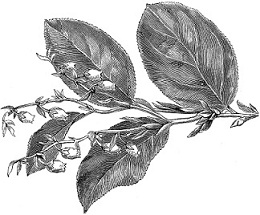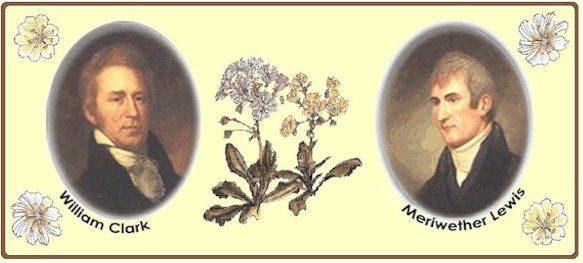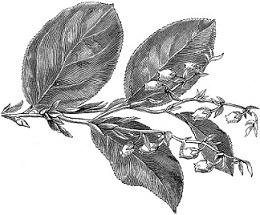"The Mandan are a Native American people living in North Dakota. They are enrolled in the Three Affiliated Tribes of the Fort Berthold Reservation, North Dakota. About half of the Mandan still reside in the area of the reservation; the rest reside around the United States and in Canada.
The Mandan historically lived along the banks of the Missouri River and two of its tributaries—the Heart and Knife Rivers—in present-day North and South Dakota. Speakers of Mandan, a Siouan language, the people developed a settled culture in contrast to that of more nomadic tribes in the Great Plains region. They established permanent villages featuring large, round, earth lodges some 40 feet (12 m) in diameter, surrounding a central plaza. While the bison was key to the daily life of the Mandan, it was supplemented by agriculture and trade."
|
|
|
Hansen's Northwest Native Plant Database |
|
|







sm.jpg)